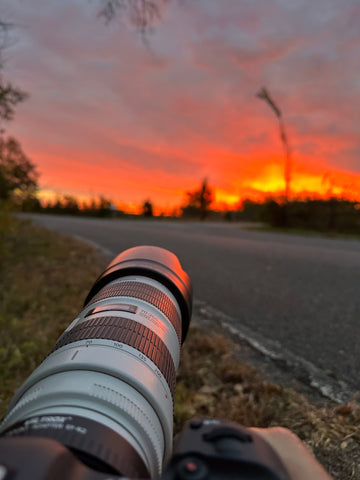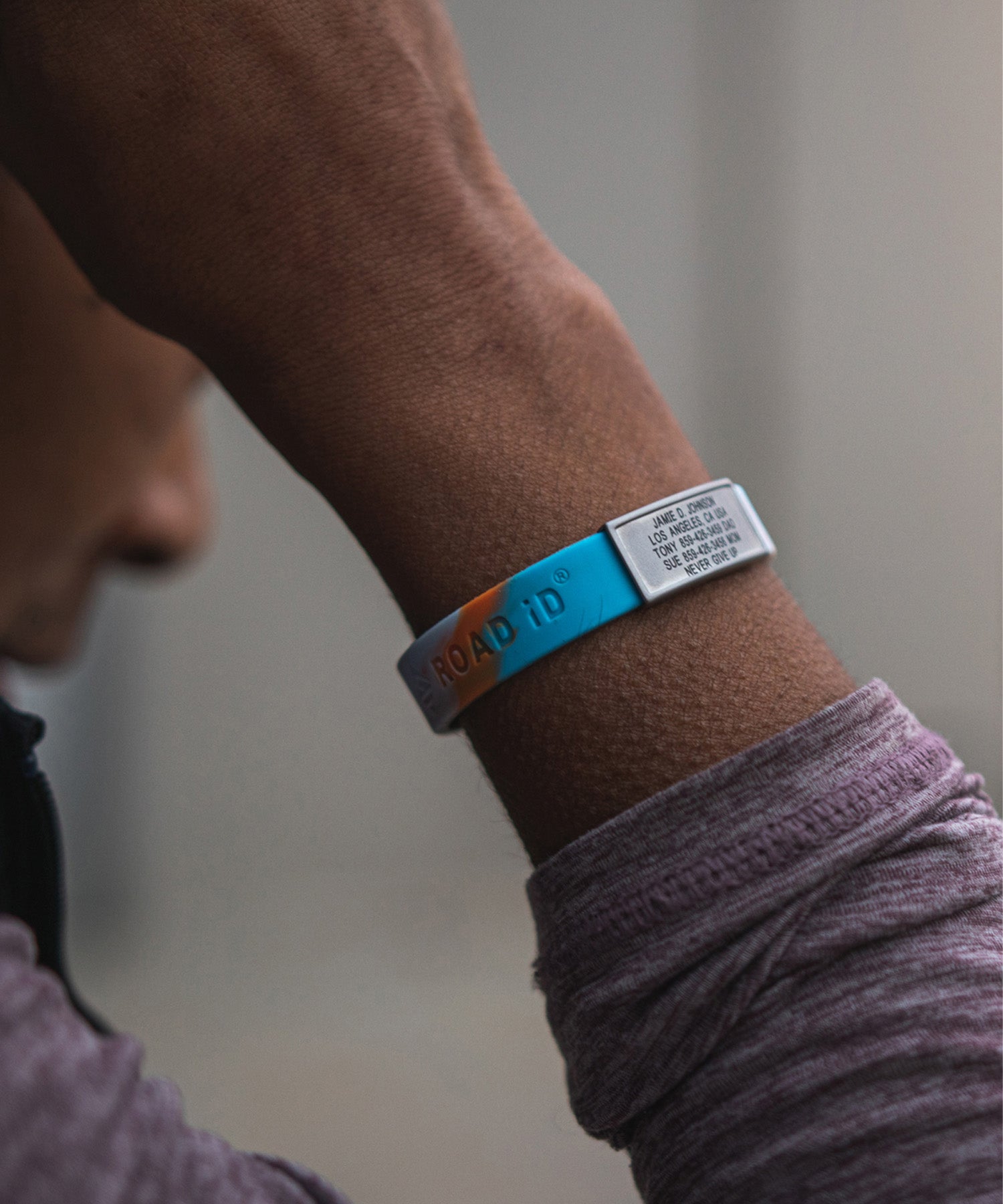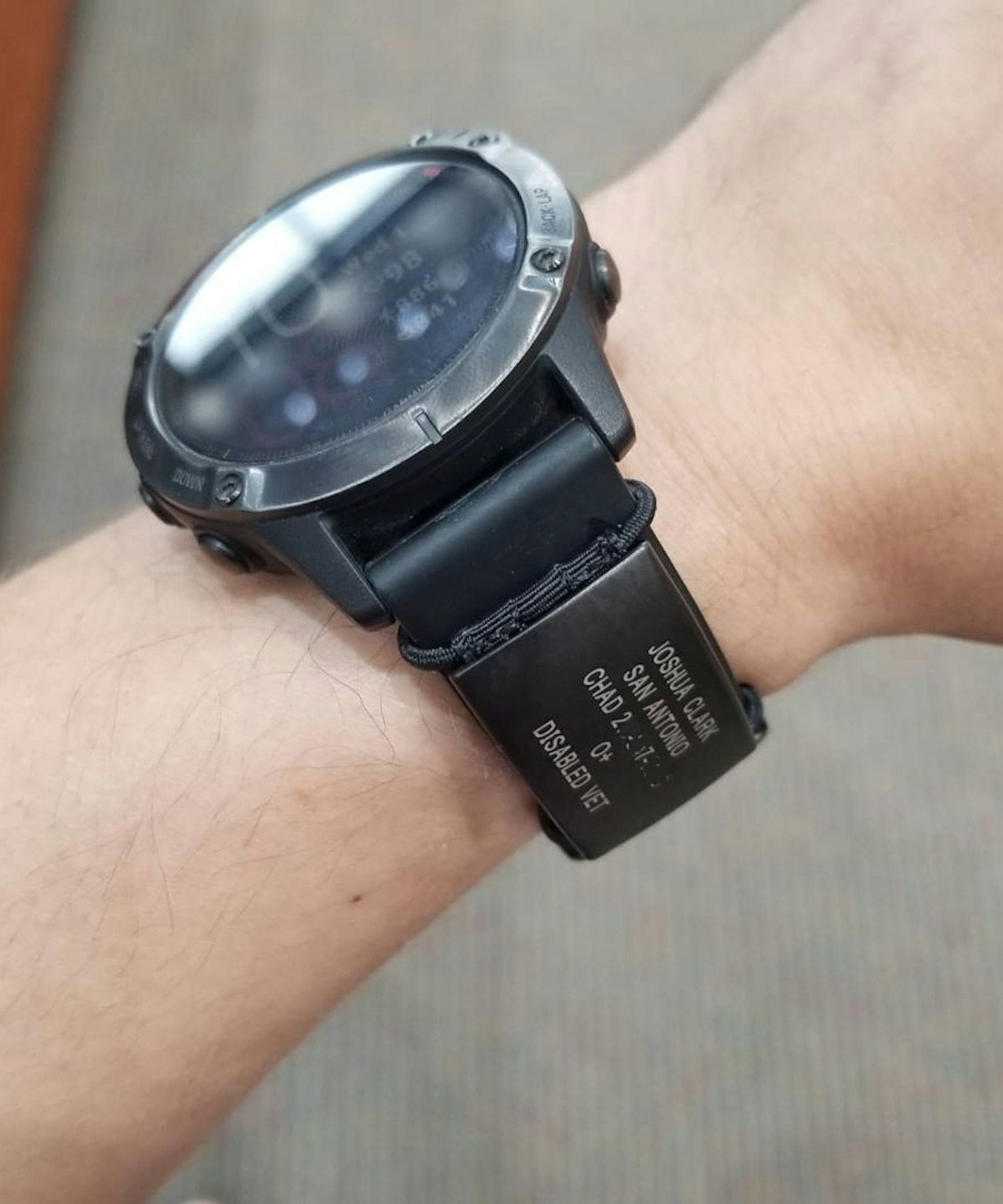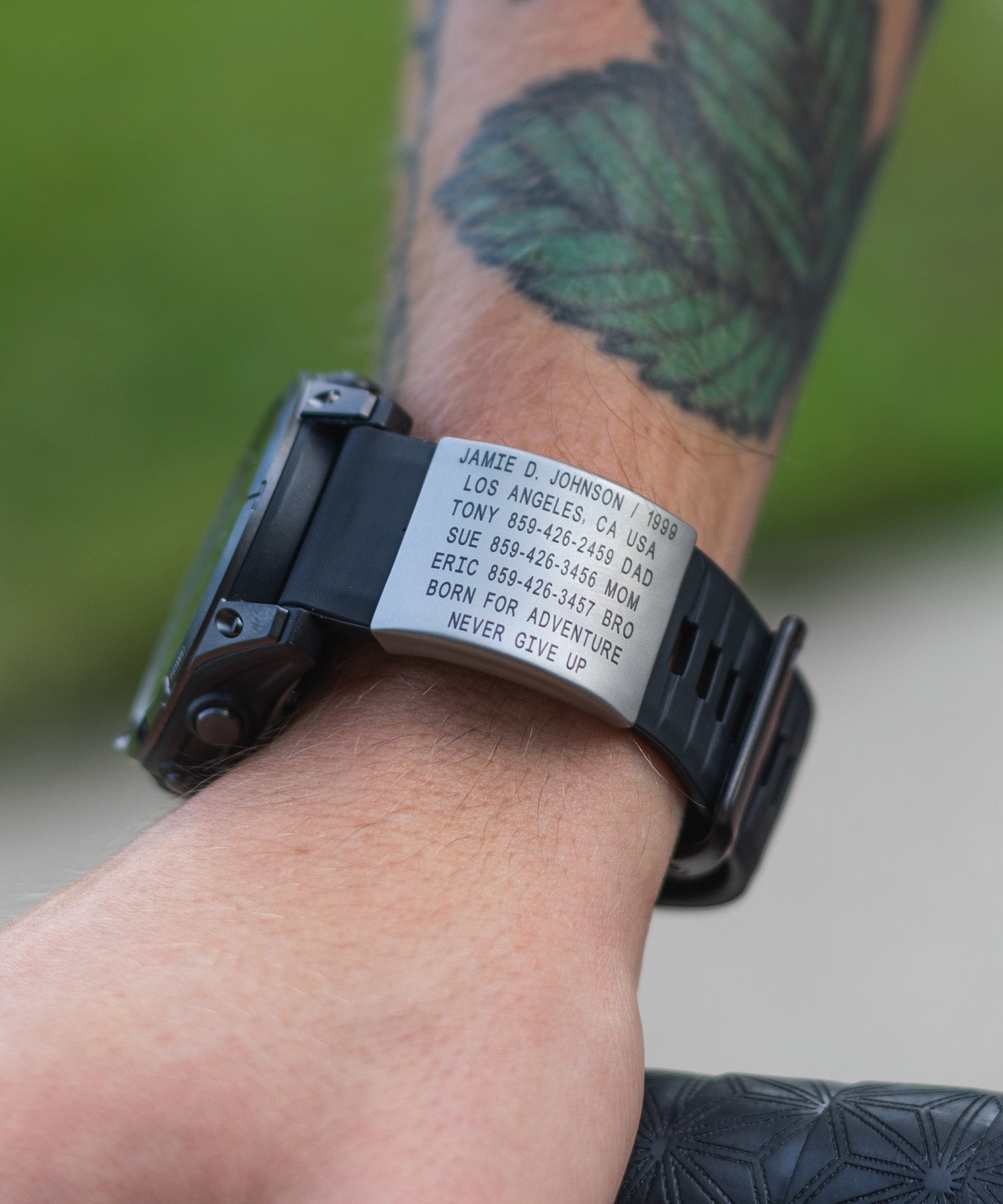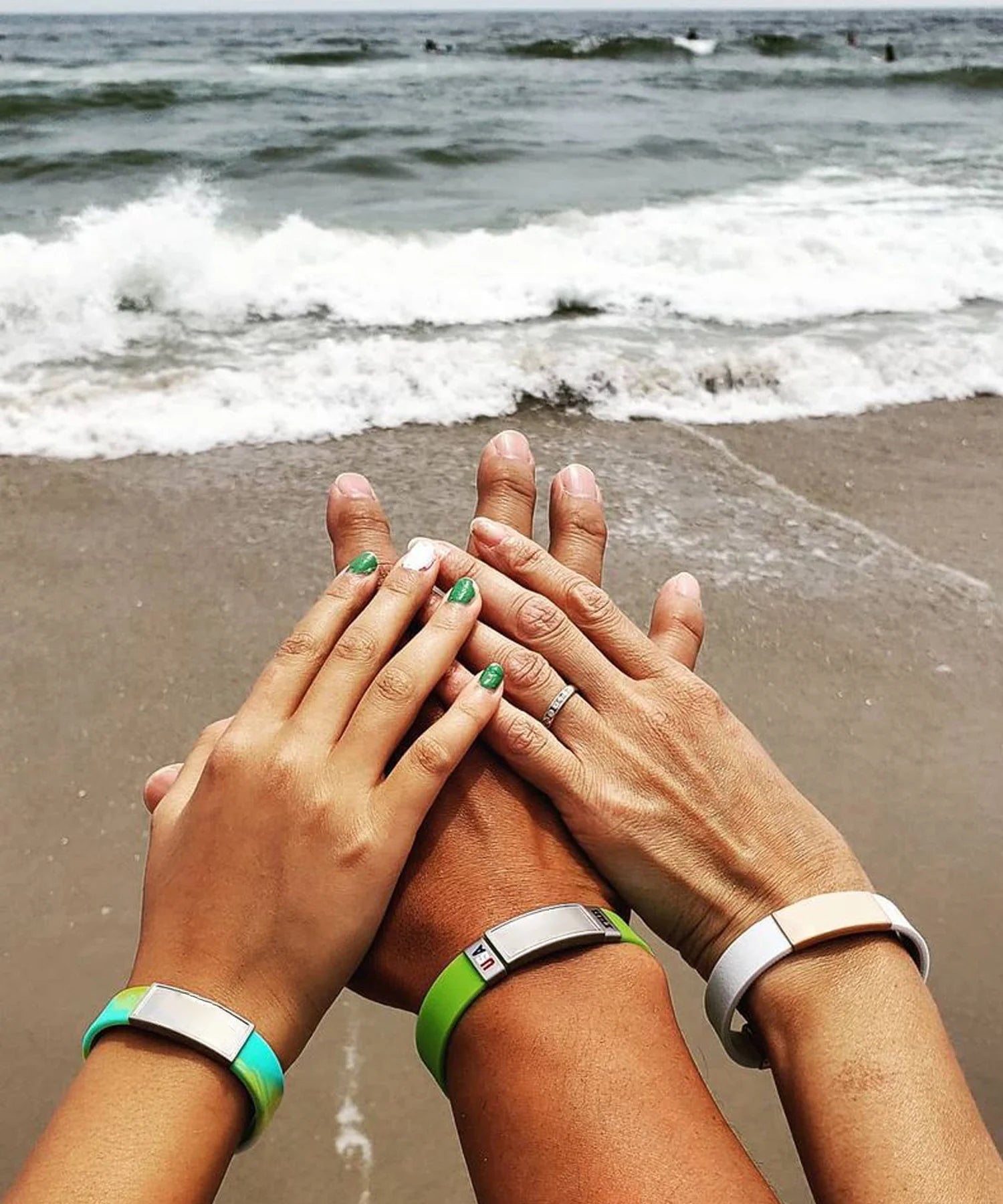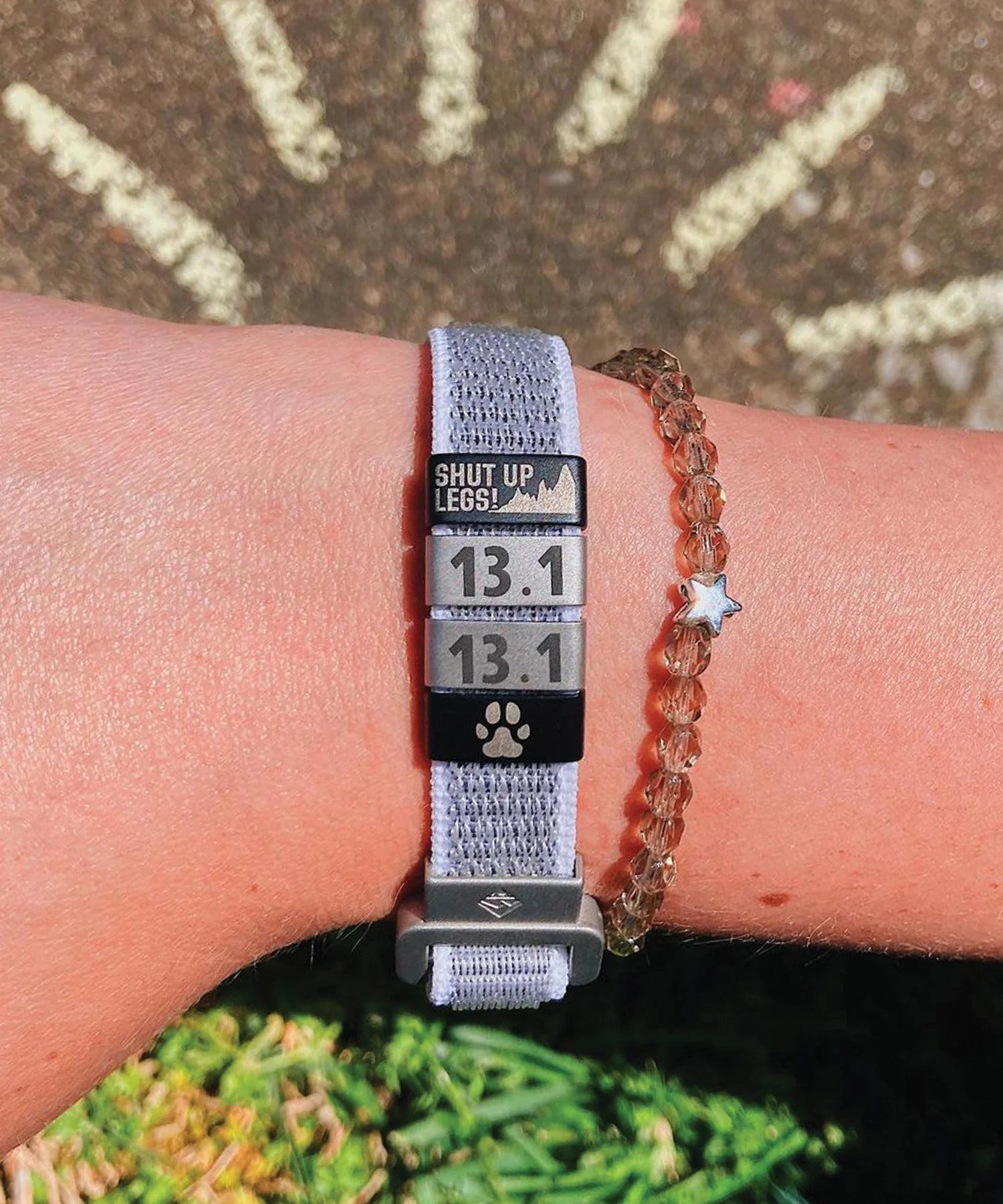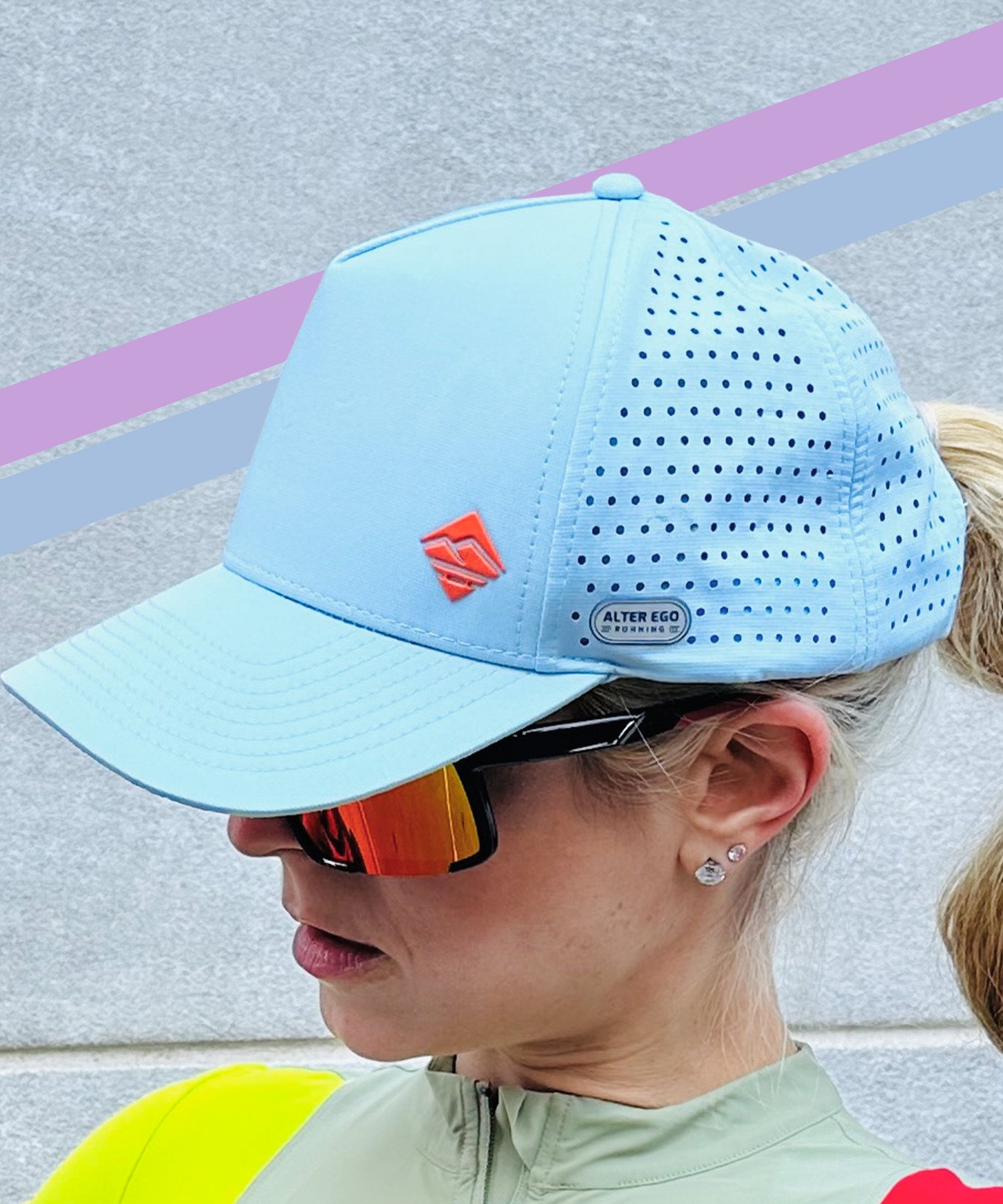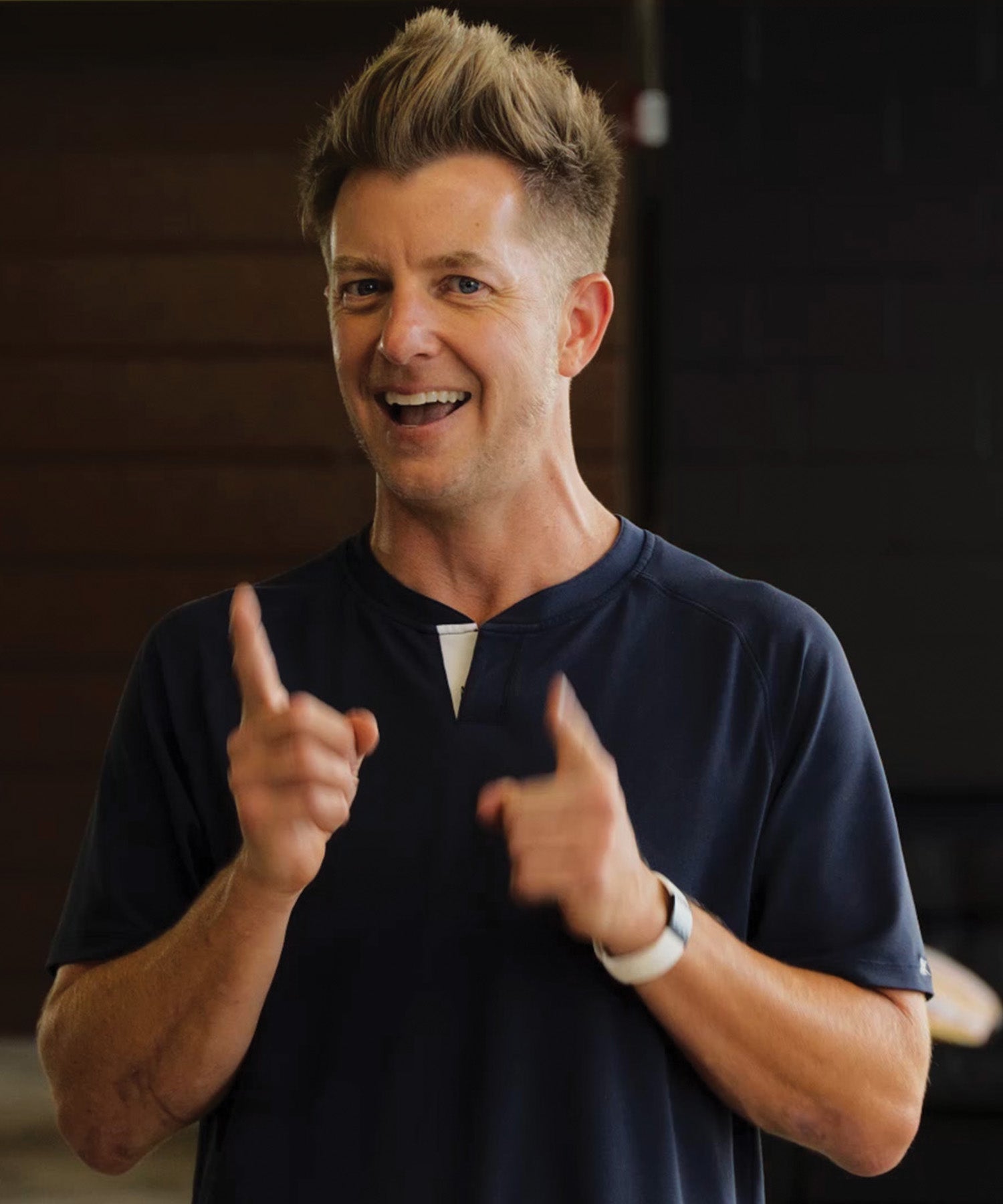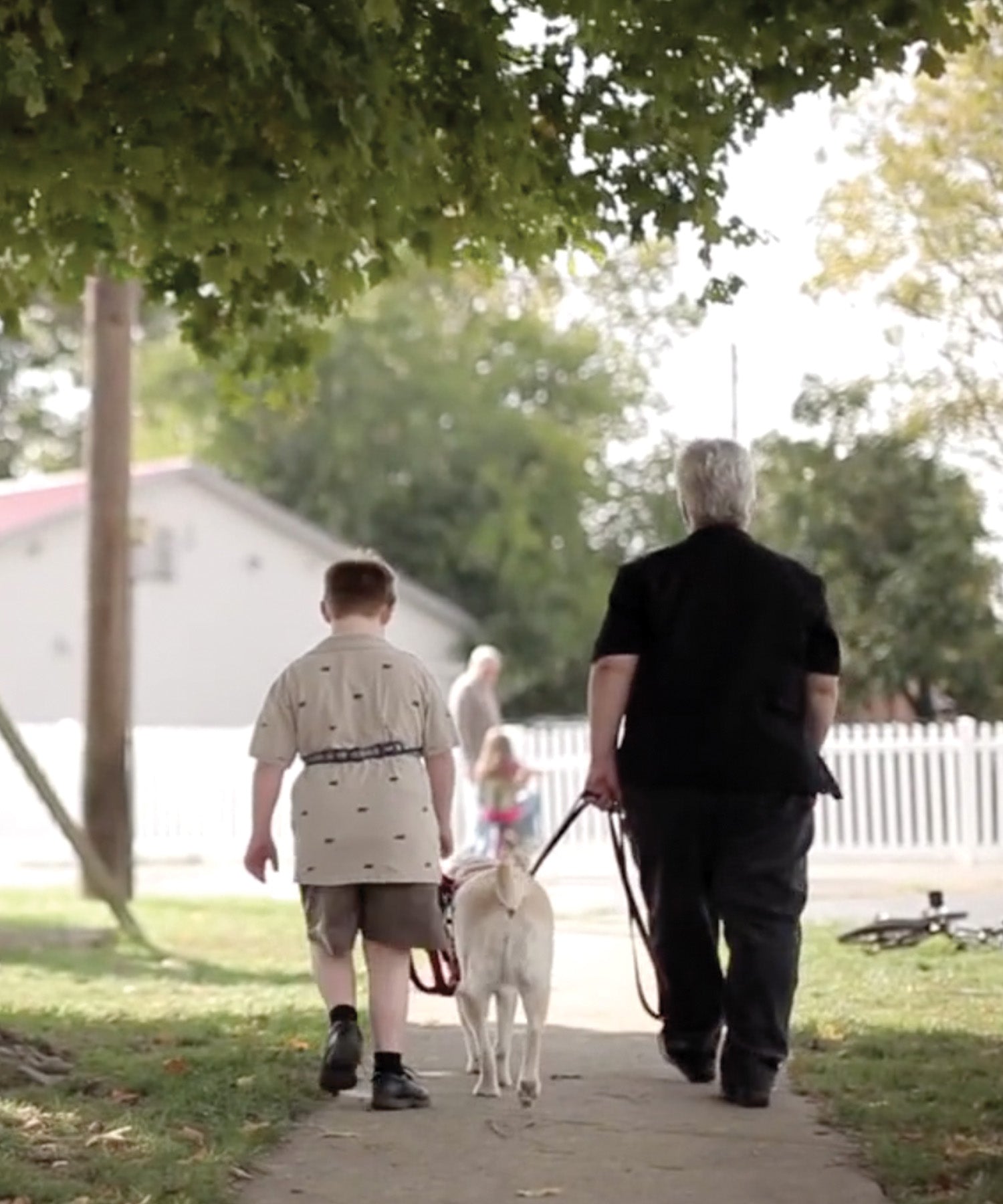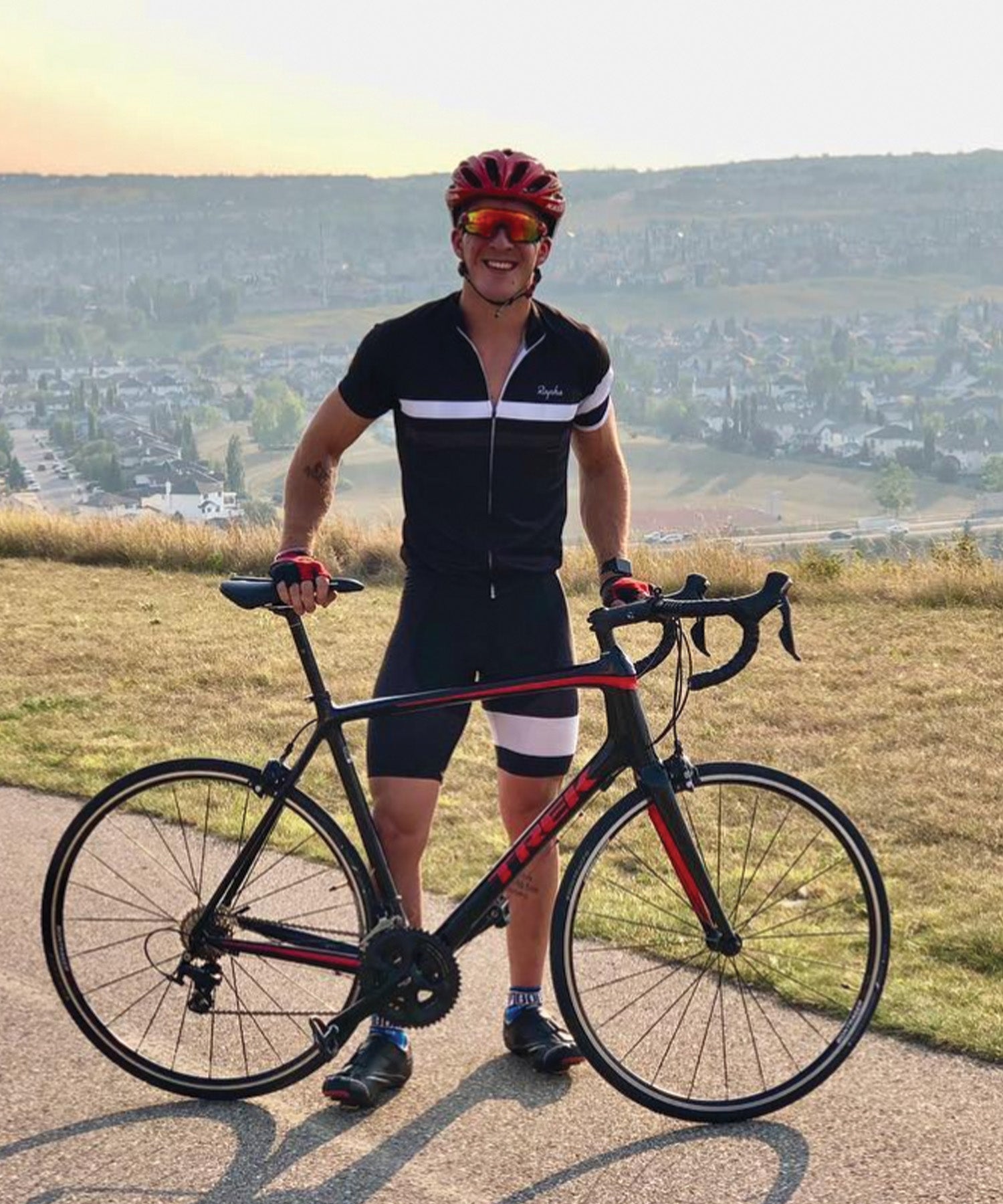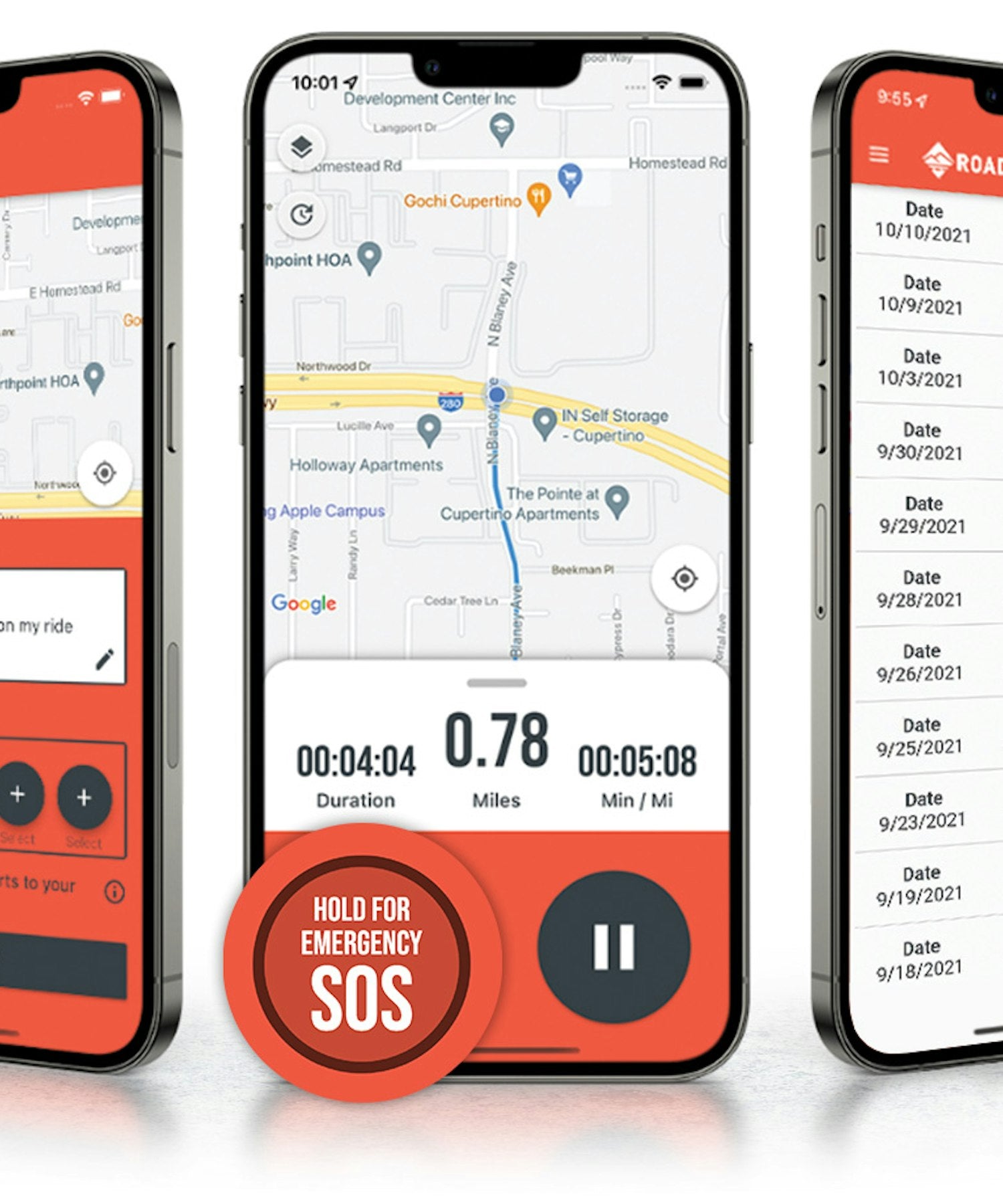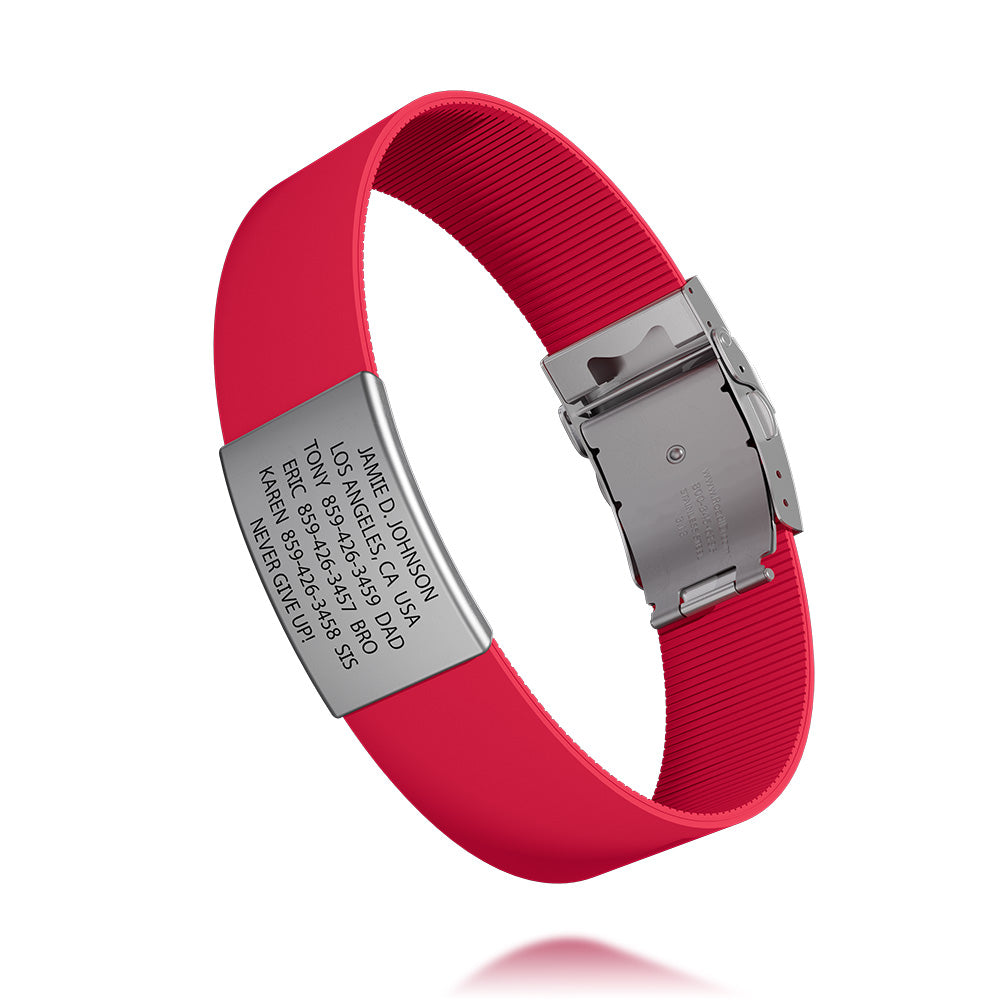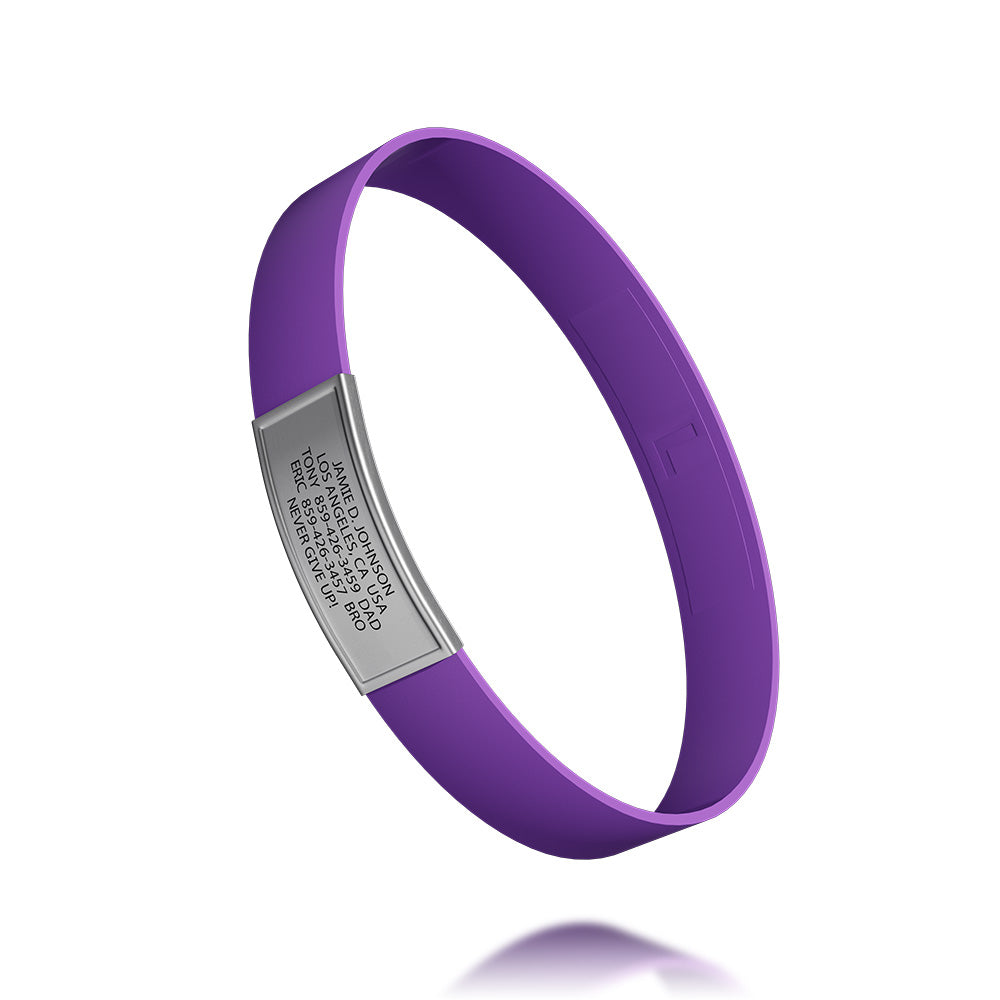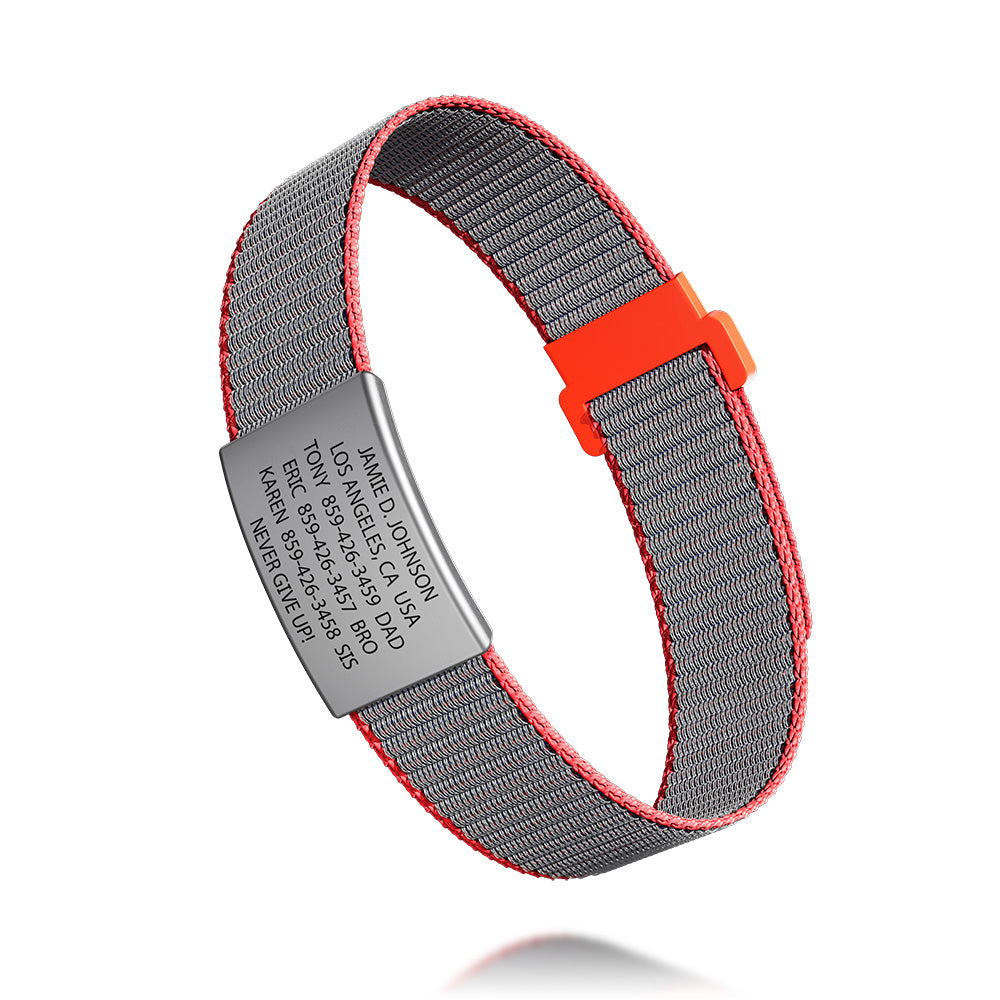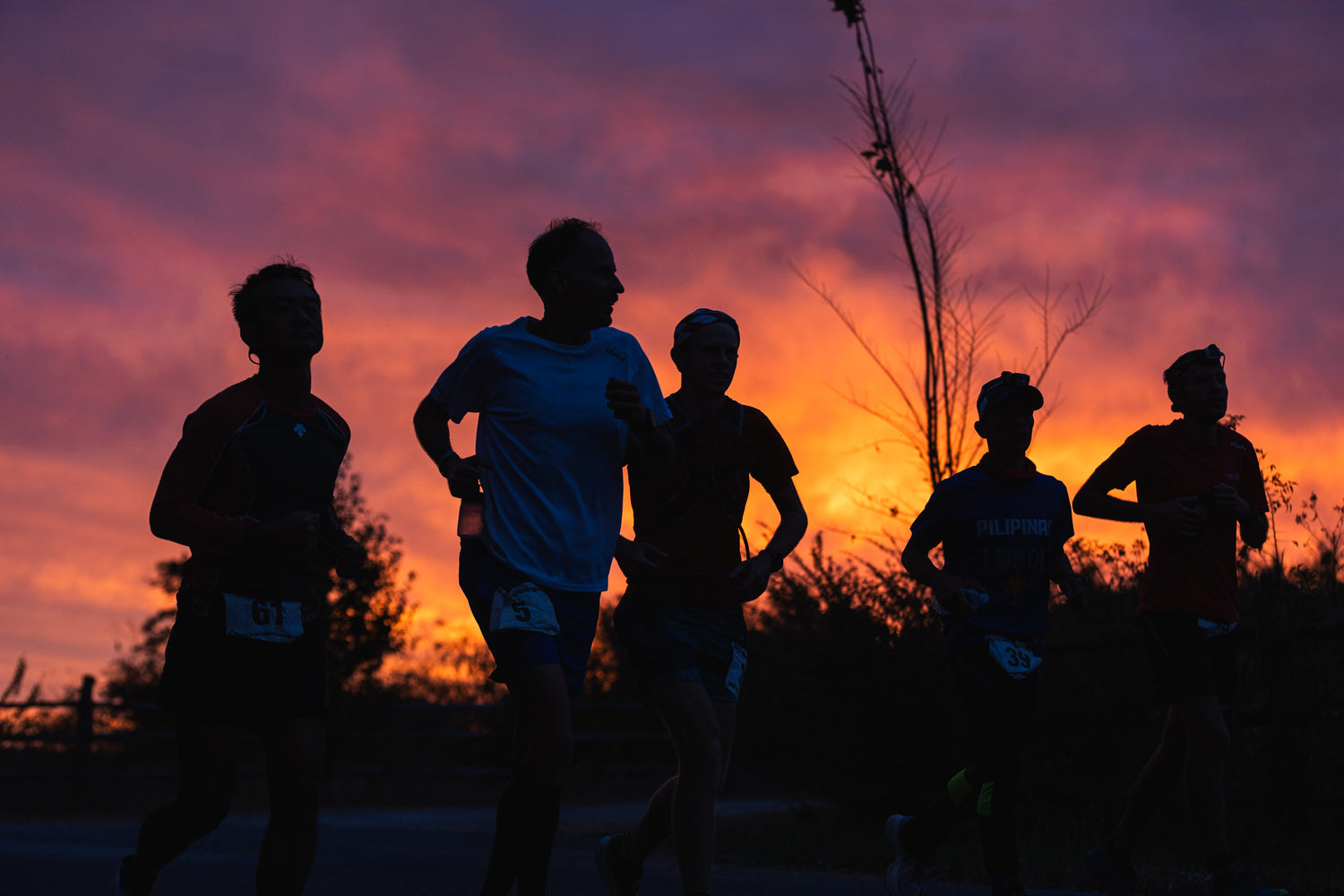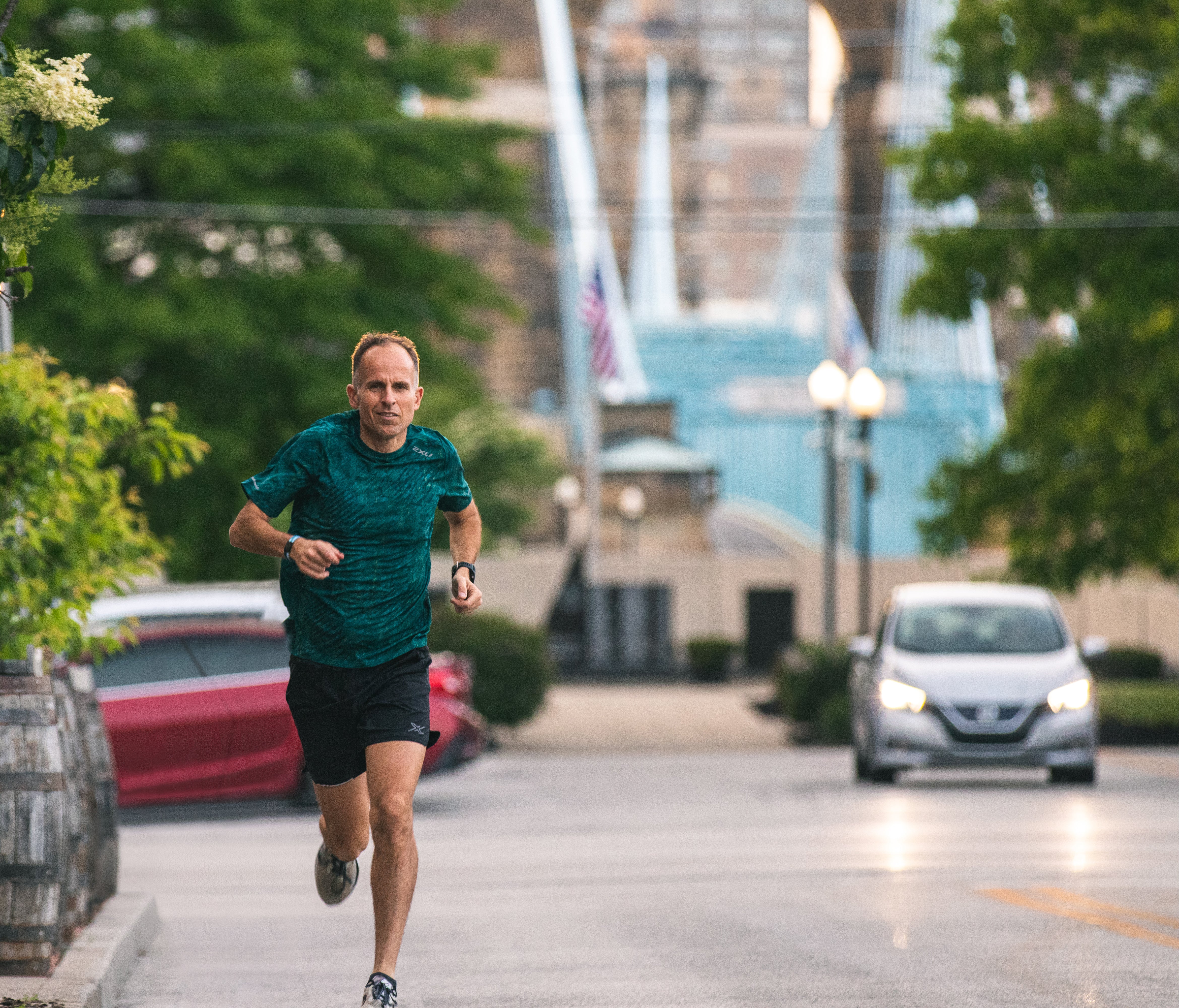“Should I quit?”
Ihor Verys paused at the timing tent, leaning over the runner’s chute barrier to talk to race director Lazarus Lake. His eyelids were sinking shut and reopening as he wobbled and leaned.
The crowd looked on, surprised by the ultrarunner’s unexpected halt. Cheers of encouragement rose for Ihor to continue. He stood up straight and set his jaw, moving across the finish line and trundling back out toward the road, for what became yard 107.

Ihor Verys on the road portion of the course.
Every other October, the world’s most proven ultrarunners travel from the far corners of the earth to descend upon the bustling metropolis of Bell Buckle, Tennessee, where they square off in an unusual race; a race with no finish line.
At The Big’s Backyard Ultra, 73 runners must complete a 4.167 mile course, every hour, within the hour. If they complete it with minutes to spare, they may use the time to sleep, eat, change or adjust gear, or hit up the port-o-let. Once the clock reaches the top of the hour, the runners must be behind the line and ready to start out again. This happens ‘round the clock, for days on end, until every runner has tapped out - except for one, who becomes the winner.
The event unfolds on Gary Cantrell’s (aka Lazarus Lake) property in Tennessee, its namesake originating from Laz’s beloved dog, Big. According to Laz, “there was no quit in Big,” which is why his face appears on the unique coins bestowed upon the runners as they drop out (or win).

Gary Cantrell, aka Lazarus Lake.
Each 4.167 mile lap is called a “yard,” and the previous record was 102 yards. You can do the math, but that’s over 425 miles.
I was fortunate enough to attend this year as media for photography, as there are no accommodations for spectators at the race.
Things kicked off Saturday, October 21st at 6:30AM. Since the race was expected to last at least four days, I arrived Sunday afternoon and set up camp. I was looking forward to my own challenge: figuring out how to sleep, how to keep my gear charged, and how to ensure I captured the most compelling moments. All the while, delivering them to the social media team in a timely fashion.
Since there was an entire broadcast crew on site (all the way from France), finding outlets was often a scavenger hunt, and by day three I found myself posting up in a camping chair behind Laz’s house, editing photos on a desktop fashioned from stacked milk crates.
You can’t predict who’s going to persevere and who’s going to crumble. You can see who’s looking strong and who seems to be struggling, but that offers no insight into who’s giving up next. Some runners employed strategies of running faster to come in early, meaning more time to recharge and recoup before the top of the hour. Others came in seconds before it was time to head back out, so they could conserve energy on the course.

Sam Harvey, ultrarunner from New Zealand.
Along the way, I was treated to beautiful sunrises, sunsets, and a beacon-like moon. Many runners didn’t use their headlamps since the path was so well lit. Coyotes yipped somewhere in the distant hills, which were otherwise blanketed in silence. A large campfire burned overnight and into the early mornings casting a warm glow, rivaled by the red light emanating from the large timing clock mounted at the finish line.

Sunrise on the course, Day 3.
As evening unfurled on day three, the field of competitors began to dwindle quickly. Some were shivering, others were helped to their tents in seemingly confused states.
Each participant is allowed one crew member at a time. The crew also needs to sleep while their runners are out on the course, then wake up to prepare meals, repair gear, treat injuries, etc. So when the runners cross the “there is no” finish line, everyone’s at the ready to capture big moments and refresh the competitors before it’s time to head back out.

Phil Gore, previous record holder, after retiring from the race.
Fast forward to day five (yes, day five!): I’ve exhausted my Pop-Tart supply and we’re down to three runners: Bartosz Fudali, Ihor Verys, and Harvey Lewis. I began to see signs of maneuvering as the runners would arrive earlier or later. Ihor would often arrive six or seven minutes before Harvey. Then, Harvey would shoot out of the gate in a sprint, only to slow down once back on the forest trail.

Harvey Lewis, Ihor Verys, and Bartosz Fudali.
Finally, on Wednesday afternoon, Bartosz decided to stay in camp, congratulating the two remaining runners and throwing in the towel.
More than 15,000 viewers from around the world were glued to the YouTube live stream, because at any moment, it could all be over and a winner would be declared.

Lewis and Verys, Day 5.
I took note of the differences between Ihor and Harvey while they were in camp. Ihor’s eyes were closing, and he seemed to stare blankly while his crew member coaxed him back to reality and the task at hand.

Ihor Verys, Day 5.
Harvey was lucid, focused, and knew exactly what he wanted to do each time he arrived at camp. Sometimes he’d sleep for two minutes using a bag of ice as a pillow, sometimes he’d scarf a few blueberries and a spoonful of vegan mac and cheese.

Harvey Lewis at camp.
Both runners seemed determined, and both had already broken the 102 yard record.
Harvey began flat out running to start each new yard, head down, leaning forward. He seemed to be sending the message that he was a long way from tapping out.
As the sun sank into the hills, out and back they went, locked in a battle of mental toughness.

Lewis and Verys, sunset on Day 5.
I was swapping out my shoes when someone passed by my tent and said, “I think it’s over. They spotted him coming back.”
Who’s coming back? I pushed into my half-tied shoes and hustled onto the road course. Peering east down the hill, I couldn’t see anyone. The sun had vanished behind me.
Finally, a tall, lean figure clad in orange-red was visible. It was Ihor. A drone camera had spotted him on the road, stopping to remove his shoes. He then decided to walk back to camp.
We had our winner.
Ihor returned to camp, seemingly now awake and smiling, the relentless punishment of the course behind him. The 28-year-old Ukrainian-Canadian kicked things off by saying he wasn’t quite ready for the event, but would be back one day. He humbly congratulated Harvey, declaring that “Harvey Lewis deserves to win this.”

Ihor Verys with the assist.
My disappointment for Ihor was quickly replaced by my excitement for Harvey. The 47-years-young American from Cincinnati, OH had beaten the world’s best - all 73 of them.
I’ve chronicled Harvey’s adventures in the Amazon Prime documentary Like Harvey Like Son, and earlier this year at the infamous Barkley Marathons. For me, it was like the home team had won the Superbowl. I knew how hard he worked, and how thoughtful he was about planning every stop in camp.
It was pretty emotional. I had to drop my camera for an instant and take it in. He’d done it. He’d completed 450 miles over 108 hours.

Harvey Lewis, Day 5.
I wouldn’t stand a chance without all the people who lift me up, in this circle.
Harvey pulled up a camping chair and sat down, proceeding to chat with Laz about the adventure.
After the media dissolved into the darkness, Harvey was helped into his crew tent, where he covered up and stretched out on a cot. I could tell he was minutes from passing out, so I quietly left to begin editing photos of the finale.
About thirty minutes later, his crew member Judd Poindexter found me. “Harvey says he wants to see you.” I hopped off my milk crate chair and strode through camp.
Judd stopped me on the way in to warn me that Harvey wasn’t making a ton of sense. But there he was, eyes halfway open. I sat on the bed. “We did it,” he said.
I laughed. “C’mon, you did it. You earned it.”
“I wouldn’t stand a chance without all the people who lift me up, in this circle.”
That’s the Harvey I’ve come to know. That’s what he really believes. Even in the moment, he thinks of others.

We chatted for a few more minutes, until I could tell he was struggling to stay awake, and I bid him good night.
I was ready for some hot food and a beer, and Murfreesboro was only 30 minutes away. I packed up under the moonlight and bid goodbye to friends and the course.
Later, Harvey shared that one of his students wrote him a note before the event that said, “If you can win this race, I can become a lawyer.”
If you can win this race, I can become a lawyer.
Harvey has inspired many, and you can’t help but root for him. Last night, I went for a run in the cold. It sucked, but I finished it. How could I quit?
Laz, underneath the jeering, comedic veneer, is nothing if not insightful.
“You’re the only one,” he said to Harvey, “who still doesn’t know how far he can go.”
I believe that’s true for all of us.
Mike Trimpe is a Creative Director for ROAD iD, freelance and writer photographer.
